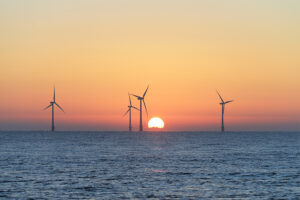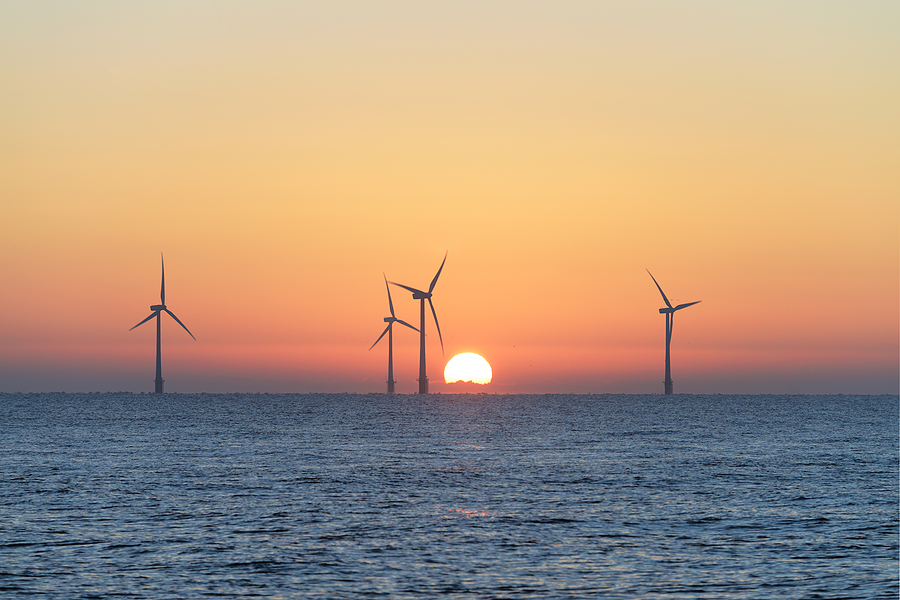New Jersey isn’t giving up on offshore wind


(Photo Credit: steve docwra/Bigstock.com)
By WAYNE PARRY Associated Press
ATLANTIC CITY, N.J. (AP) — Despite the loss of two major offshore wind farm projects when Danish developer Orsted pulled out of New Jersey, the state is moving forward with its plans to support and grow the nascent industry.
The state Board of Public Utilities on Friday voted to seek bids for a transmission facility into which several offshore wind projects can plug, an important part of getting the power from ocean-based wind turbines into the onshore electrical grid.
But on a more elemental level, Friday’s vote represented a vote of confidence in offshore wind from a state that wants to be the East Coast leader in the industry.
“Recent setbacks will not prevent us from moving forward with our commitment to offshore wind,” said Christine Guhl-Sadovy, the board’s president. “Offshore wind is and continues to be the economic development opportunity of a generation, and remains a key tool in climate change mitigation.”
The board authorized a solicitation of proposals for an energy transmission system. That system would be “an open-access transmission facility, located either in the Atlantic Ocean or onshore, used to facilitate the collection of offshore wind energy or its delivery to the electric transmission system in this state,” according to a 2019 law.
It would include concrete structures and empty pipes through which power cables would pass. They would be installed in a single construction effort, capable of servicing multiple offshore wind farms.
James Ferris, the deputy director of the board’s clean energy division, said that installing the project all at once “would minimize environmental and community impacts by resulting in a single shore crossing.”
Those eligible to apply include power transmission developers and owners, and offshore wind developers, Ferris said.
The board vote came nearly three weeks after Orsted, the world’s largest offshore wind developer, scrapped its Ocean Wind I and II projects off the coast of New Jersey. The company cited inflation, supply chain problems and a failure to secure as much government financial subsidies as it wanted as reasons the projects were no longer feasible.
That sent shock waves through the offshore wind industry. It also heartened its opponents, who said Orsted’s decision to walk away from New Jersey and write off $4 billion in losses, mostly due to the cancellations, shows the industry is inherently unprofitable without massive government subsidies.
Shortly after Orsted scraped its projects, numerous community groups celebrated, and promised to oppose other pending wind farms, including one by Atlantic Shores, a project by EDF/Shell.
“The communities of southern New Jersey are surely celebrating the end of the project,” said Joseph Mancini, mayor of Long Beach Township. “New Jersey can harness sustainable energy solutions more effectively without succumbing to the industrialization of the ocean. There are smarter, more considerate avenues to explore that protect our state’s interests and national natural treasures.”
As the vote was happening, the Southern New Jersey Development Council, a business group, reaffirmed its support for offshore wind projects, calling them “a shining example of responsible environmental stewardship and economic revitalization.”
“Yes, Orsted’s cancellation of the Ocean Wind I and Ocean Wind II projects was a setback, but New Jersey’s continued commitment to offshore wind power is a beacon of hope for a future where renewable energy takes center stage in our fight against climate change, said Marlene Asselta, the group’s president.
Proposals are due by April 3.




